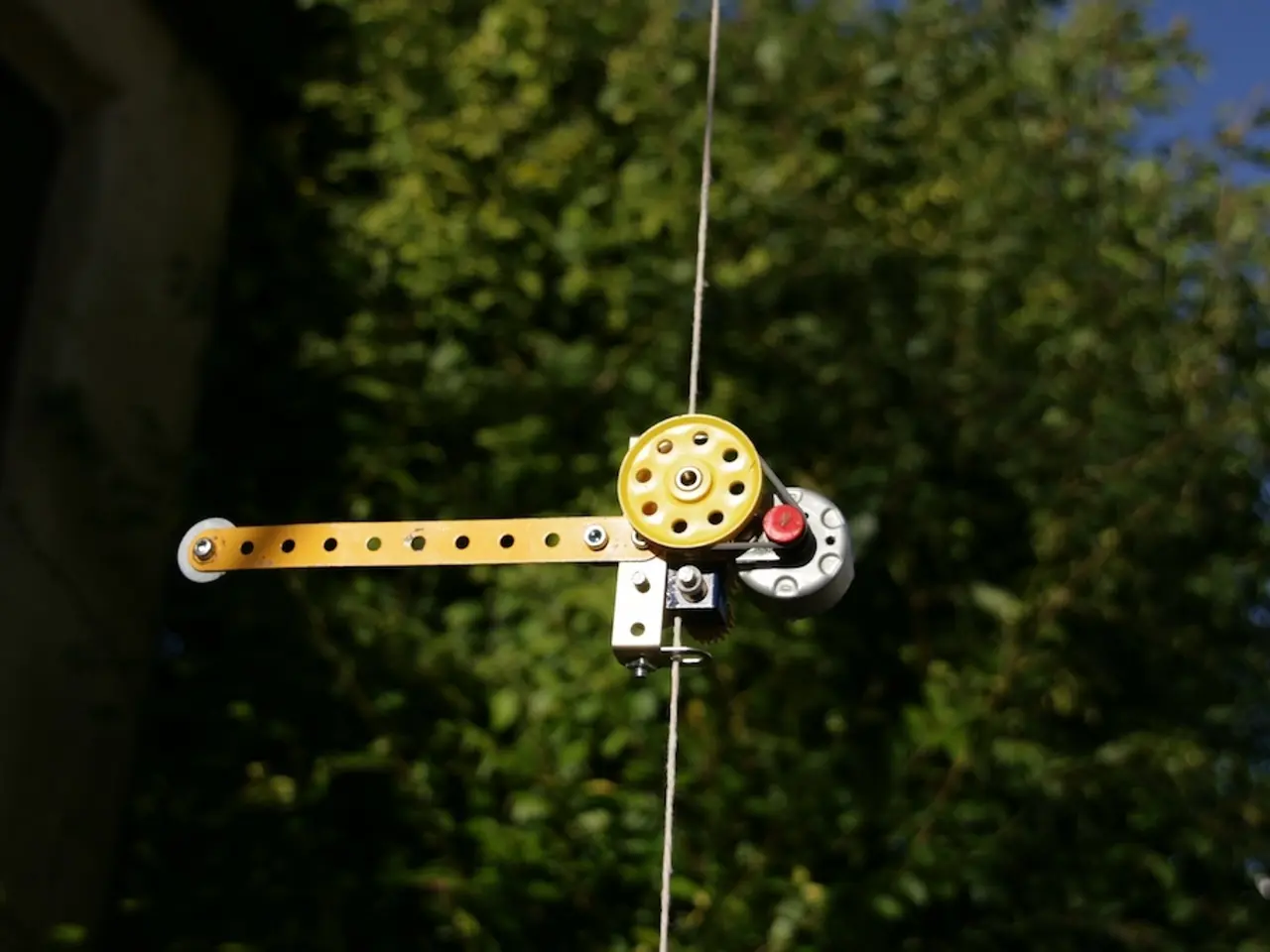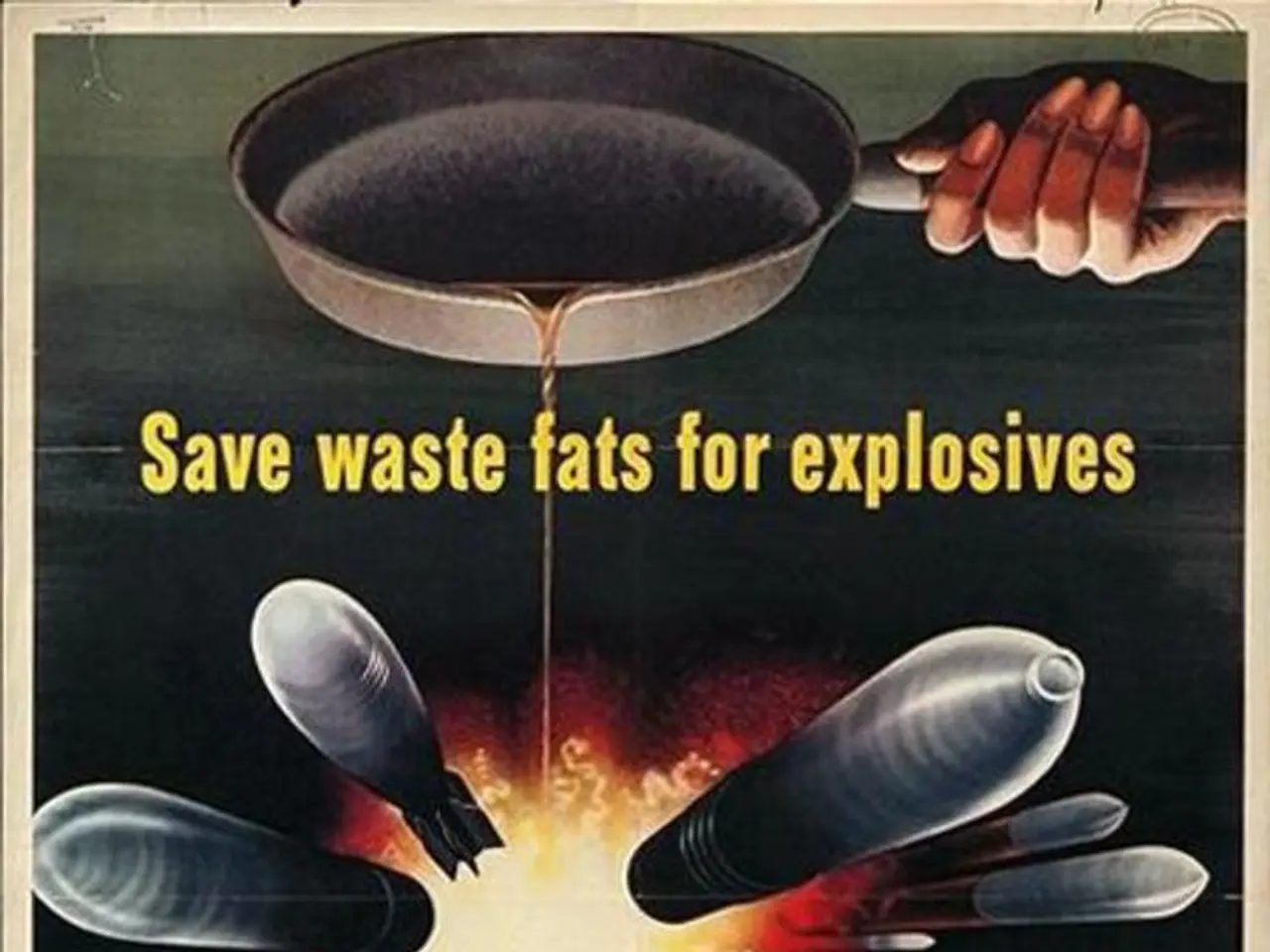Ethereum's Rollup Infrastructure: An Examination of Caldera (ERA)
In the rapidly evolving world of blockchain technology, Caldera is making waves with its innovative approach to scaling Ethereum's capabilities. This blockchain project, focused on streamlining rollup deployment, is poised to revolutionize the decentralized applications (DApps) landscape.
Caldera's unique rollup-as-a-service concept encourages user growth and adoption of DApps by offering a flexible Layer-2 solution that bundles off-chain transactions for Zero-knowledge and Optimistic rollups. This versatility caters to various applications, making Caldera a promising contender in the scalability race.
The ERA token, the native utility and governance token of the Caldera project, has recently seen significant growth. With a fixed total supply of 1 billion tokens, it serves as the backbone of the Caldera ecosystem, facilitating transaction fees, staking, and governance issues.
The ERA token has been listed on major exchanges like Binance, Coinbase, and Crypto.com, significantly boosting its liquidity and visibility. An airdrop distributed 7% of the total ERA supply to early users and ecosystem partners, further enhancing its market presence. ERA's price surged by up to 121% on its debut, reflecting strong demand and interest in the token.
Caldera's technological contributions are noteworthy. The project focuses on enhancing Ethereum's scalability by offering customizable and interoperable Layer-2 rollups. It supports over 50 rollups, managing more than $1 billion in assets and processing hundreds of millions of transactions.
The innovative Metalayer protocol facilitates smooth coordination and resource sharing among different rollup frameworks, promoting a unified and efficient ecosystem. This protocol aims to connect and facilitate resource sharing, communication, and ecosystem coordination between customized rollups, reducing transfer times and costs.
As Ethereum's Layer-2 solutions continue to grow, Caldera is poised to capitalize on this trend due to its scalable and interoperable rollup solutions. A supportive regulatory environment could further favor Caldera's growth and adoption.
Some analyses suggest that ERA might reach $50 by the end of 2025, contingent upon sustained demand and technological advancements. With listings on major exchanges and a strong airdrop campaign, ERA is well-positioned for further market growth and visibility.
Caldera's vision is to create a unified, interconnected blockchain that allows different networks to interact seamlessly. By simplifying rollup deployment with a comprehensive set of tools and infrastructure, Caldera aims to enable scalable and application-specific networks, aiming to scale Ethereum to "web-scale" status.
In conclusion, Caldera's blockchain and ERA token are gaining significant traction within the Ethereum ecosystem, driven by their innovative scaling solutions and strategic partnerships. The future potential of Caldera is promising, with opportunities for both technological advancement and market expansion.
- Caldera's blockchain project, centered around Ethereum's scalability, offers a promising approach for data-and-cloud-computing using its unique rollup-as-a-service, which caters to multiple applications, including Zero-knowledge and Optimistic rollups.
- The native governance token of Caldera, ERA, has seen remarkable growth, with a substantial airdrop distribution adding 7% more tokens to the market, boosting its visibility and liquidity.
- In the realm of cryptocurrency, the innovative Metalayer protocol developed by Caldera aims to streamline governance and resource sharing among various rollup frameworks, ultimately fostering a unified and efficient environment for Ethereum and Sui, contributing to the broader data-and-cloud-computing technology landscape.




